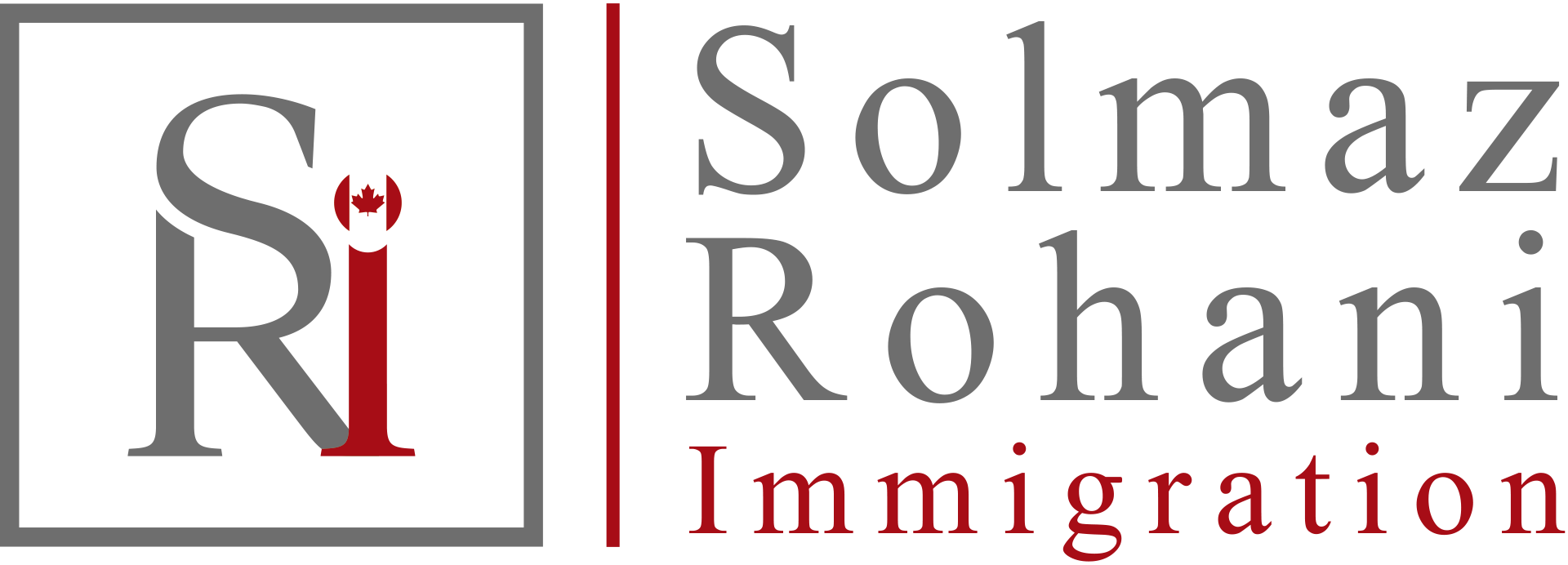Manitoba is a Canadian province located at the centre of the country, bounded by Saskatchewan to the west, Hudson Bay and Ontario to the east, Nunavut to the north, and North Dakota and Minnesota to the south. The province was founded on parts of the traditional territories of the Cree, Anishinaabe, Oji-Cree, Dakota/Lakota (Sioux) and Dene peoples, and on the homeland of the Métis Nation. The land is now governed treaties 1, 2, 3, 4, 5, 6 and 10. As of the 2016 census, Manitoba had 1,278,365 residents, making it the fifth most populous province or territory in Canada. Manitoba joined Confederation in 1870, and its capital city, Winnipeg, was incorporated shortly thereafter, in 1873. Heather Stefanson is the province’s current premier, leading a majority Progressive Conservative government.
Manitoba is divided by three of Canada’s seven physiographic regions. These three regions are the Hudson Bay Lowland, the Canadian Shield and the Interior Plains. Most of Manitoba’s population is concentrated in the southwestern corner of the province, in the Interior Plains physiographic region. This region is also where most of Manitoba’s arable land is located. By comparison, the Hudson Bay Lowland and the Canadian Shield are generally not suitable for agriculture. Churchill, Manitoba’s only saltwater port, is located in the Hudson Bay Lowland. Hydroelectric power, freshwater fishing, metal mines and some forestry are located in the Canadian Shield region.
Manitoba’s principal resource is fresh water. Of Canada’s 10 provinces, Manitoba ranks third in water coverage. Lakes and rivers make up 101,590 km2 of the province, comprising one-sixth of its total area. The largest lakes are Winnipeg (24,387 km2), Winnipegosis (5,374 km2) and Manitoba (4,624 km 2). All three are the remnants of Lake Agassiz. In addition, many of Western Canada’s major rivers flow into southern Manitoba, namely the Saskatchewan, Red, Assiniboine and Winnipeg rivers.
In terms of vegetation, southern Manitoba is characterized by open grassland. This grassland transitions to mixed forest toward the centre of the province. Further north is boreal forest and bush-tundra by Hudson Bay. (See also Geography of Manitoba.)
Hunting and trapping constitute Manitoba’s oldest industry; however, today it is one of the province’s smallest. For 200 years, the Hudson’s Bay Company dominated trade in furs across Western Canada as far as the Rocky Mountains. Alongside the fur trade, buffalo hunting developed into the first commercial return of the plains. First Nations people, Métis and voyageurs traded meat, hides and pemmican, which became the staple food of the region.
Until 1875 the fur trade was the main business of Winnipeg, which was by then an incorporated city of 5,000 and the centre of western commerce. In the city, the retail and real estate business grew in response to a new pattern of settlement and the development of agriculture. Red Fife wheat then became the export staple that replaced the beaver pelt.
After the westward extension of the main Canadian Pacific Railway line in the 1880s, farmers and grain traders could expand into world markets and an east-west flow of trade began, with Winnipeg acting as the “gateway” city. In the decades that followed, agriculture diversified to include a wider variety of crops, and in time, the economy as a whole has diversified to include such prominent industries as mining, forestry and manufacturing.
Most medical services in Canada are free. Money from taxes is pooled together to fund a health care system often referred to as Medicare. While the federal government sets guidelines, each province and territory is responsible for administering its own health care insurance plan; funding for the plan comes from both governments. As with other provinces and territories, certain services in Manitoba are not covered by the provincial health insurance plan. These include going to the dentist, prescription drugs, and routine eye exams for those between the ages of 19 and 65.
In Manitoba, the government department responsible for administering the health care system is Manitoba Health, Seniors and Active Living. (See also Health Policy.)
Francophones’ battle for the right to receive education in their own language has coloured the history of education in Manitoba. The fight began shortly after the establishment of Manitoba as a province and led to a series of events now known as the Manitoba Schools Question.
In 1870, the Manitoba Act created the province of Manitoba, and also established separate Catholic and Protestant school systems; Catholics would receive instruction in French, Protestants in English. However, in 1890, the provincial government (under the leadership of Thomas Greenway) stopped funding Catholic and Protestant schools, creating a single, English-language public school system. If Catholics, most of whom were francophone, wanted to receive instruction in both their religion and language they would have to fund the schools themselves.
In 1896, Prime Minister Wilfred Laurier’s federal government intervened, negotiating a compromise with the province. Some religious education would be provided in the public school system, and in certain situations, instruction in languages other than English.
This compromise was repealed in 1916 by Premier Tobias Crawford Norris’ provincial government. Teaching of any language other than English, or using another language to instruct a class, became prohibited.
After a hiatus of over 30 years, French began to be reinstated in the public school system in 1947. At this time, French could be taught as a foreign language in secondary schools. In 1955, French began to be taught in grades 4 through 6. A series of additional provisions followed until Manitoba’s first French-immersion school — École Sacré-Cœur — was finally established in Winnipeg in 1973. In 1993, the government created a separate francophone school division. Today, Manitobans with French as a second language may attend French-immersion schools, and those with French as their mother tongue may attend schools in the “Français” program.
Assiniboine Community College operates in and outside Brandon and is responsible for all community college agricultural training in the province. Keewatin College offers certificate courses of one year or less, and diploma courses, mostly in northern Manitoba. Red River College, located in Winnipeg, provides courses including applied arts, business administration, health services, industrial arts and technology.
In 1877, St. Boniface (French, Roman Catholic), St. John’s (Anglican) and Manitoba (Presbyterian) colleges united as the University of Manitoba. Later, other colleges joined them, but in 1967 a realignment resulted in three distinct universities: the University of Manitoba, the University of Winnipeg and Brandon University. The University of Manitoba is one of the largest universities in Canada, with four affiliated colleges that provide instruction in French: St. John’s and St. Paul’s (Roman Catholic); St. Andrew’s (Ukrainian Orthodox); and St. Boniface, which is the only college providing instruction entirely in French. Manitoba is also home to the Canadian Mennonite University, which opened its doors in 1999 following the amalgamation of several Mennonite colleges.



